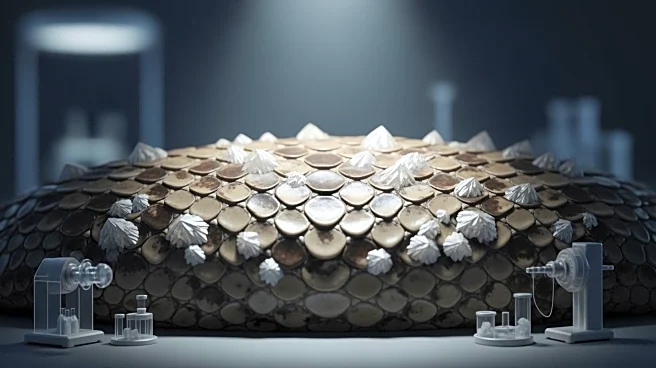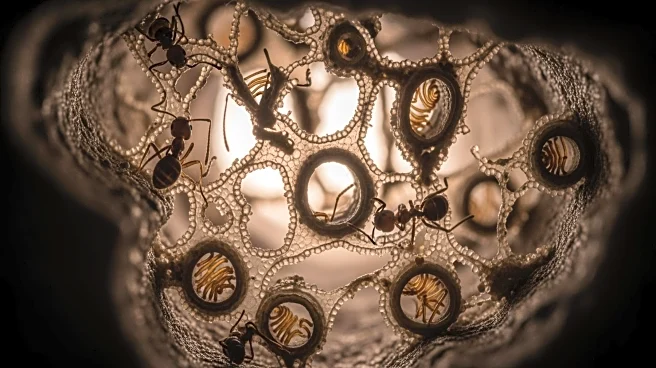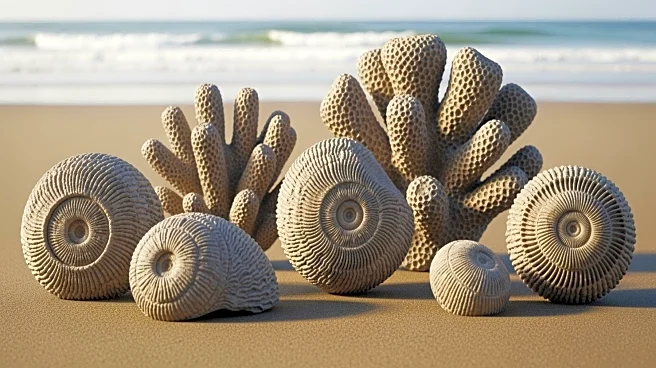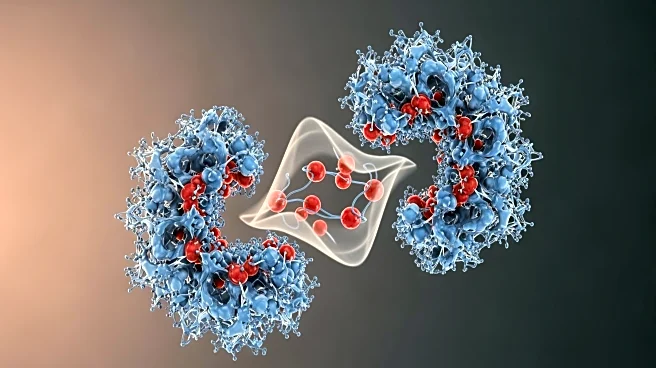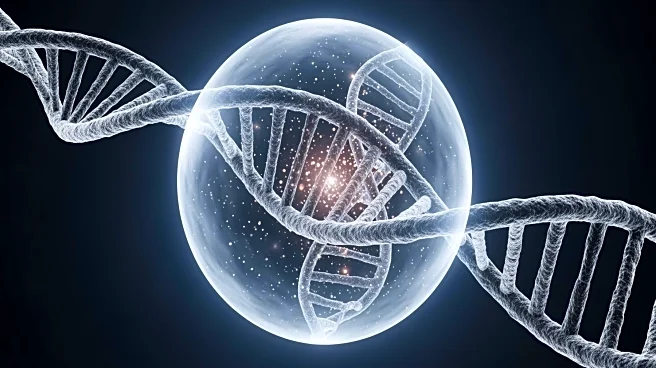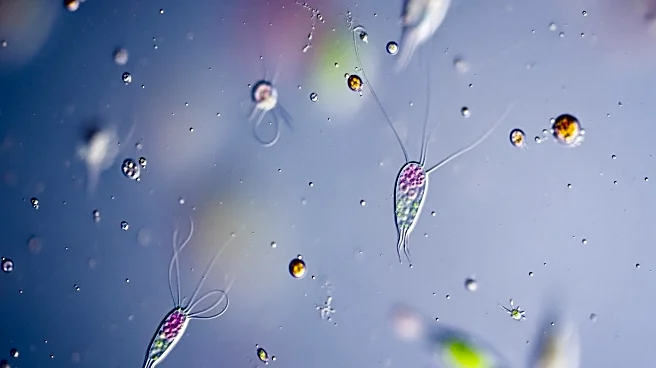What's Happening?
Researchers have discovered the mechanism behind the formation of urine crystals in reptiles, a phenomenon that has puzzled scientists for decades. A study published in the Journal of the American Chemical
Society reveals that reptiles, including snakes, excrete excess nitrogen in the form of solid uric acid crystals. This process allows them to conserve water, an evolutionary advantage in dry climates. The study, led by crystallographer Jennifer Swift and herpetologist Gordon Schuett, involved analyzing uric acid crystals from over 20 reptile species. The findings suggest that reptiles produce tiny spheres of uric acid nanocrystals, which some species recycle to neutralize toxic ammonia. This discovery could have broader implications for understanding uric acid's role in human health, as excessive uric acid in humans can lead to conditions like gout and kidney stones.
Why It's Important?
The study's findings could have significant implications for human health, particularly in understanding and potentially mitigating conditions related to uric acid accumulation, such as gout and kidney stones. By studying the natural processes in reptiles, scientists may uncover new biomimetic approaches to managing uric acid in humans. This research highlights the potential benefits of looking to nature for solutions to complex biological problems, as millions of years of evolution have equipped animals with efficient mechanisms to thrive in challenging environments. Understanding these processes could lead to innovative treatments or preventive measures for uric acid-related health issues in humans.
